Managing rentals means handling a lot, like screening tenants, collecting rent, dealing with repairs, and staying compliant with local laws. As portfolios grow, relying on spreadsheets and manual processes becomes increasingly inefficient and prone to errors. That’s where tenant management software comes in. It gives landlords and property managers a simple, modern way to stay on top of tenant-related tasks.
This comprehensive guide explores everything you need to know about these powerful platforms. We’ll cover what they are, why they’re essential, key features to look for (especially the crucial tenant portal property management component), compare top options, discuss costs, and provide expert tips to help you choose the right tenant management system for your business. Let’s dive in and learn about tenant management for rentals.
Key takeaways
- You can save time by automating rent collection, maintenance, and admin tasks.
- Tenant portals boost satisfaction by simplifying payments, requests, and communication.
- Track income, expenses, and taxes easily with built-in financial tools and reporting.
- Choose software that fits your portfolio size, and don’t overpay for features you don’t need.
- Software costs are tax-deductible and often pay for themselves in time and efficiency
What is tenant management software?
At its core, tenant management software is a specialized digital platform designed to centralize and automate the various administrative, financial, and communication tasks involved in managing rental properties and tenants. Think of it as a central hub, often delivered through a tenant management portal, for everything related to your rental units and the people who live in them.
The primary purpose is to replace fragmented systems, like spreadsheets for tracking rent, email chains for maintenance, and physical files for leases, with a single, integrated solution. A modern property management tenant portal allows you to streamline operations by giving both you and tenants access to tools like rent payment tracking, lease document storage, maintenance request submission, and more, all from one platform.
Why ditch the spreadsheets: Benefits of tenant management software
Moving from manual methods or basic spreadsheets to dedicated software isn’t just about convenience; it’s a strategic move with significant benefits. The adoption rate reflects this, with studies indicating strong growth in software use among property managers.
- Automation and time savings: You can automate repetitive tasks like sending rent reminders, generating invoices, and creating basic reports. Small landlords report substantial efficiency gains, potentially saving a lot of time.
- Enhanced financial management: Modern tenant management platforms often integrate with banking for seamless reconciliation. This is a core function of effective property management software. Explore options for rent collection software and understand the best way to collect rent as a landlord. Some even help manage partial rent payment.
- Streamlined maintenance: Tenants can submit requests online (often via a portal or tenant management app), you can track progress, assign vendors, and resolve issues faster. Research suggests maintenance requests are handled up to 40% faster with software.
- Improved tenant communication and satisfaction: Centralized communication tools and tenant portals keep interactions organized and professional. This leads to happier tenants.
- Organization and scalability: Keep leases, tenant information, communication logs, and financial records securely stored and easily accessible in one place using cloud tenant management. This digital organization makes scaling your portfolio much more manageable.
- Professionalism and compliance: Standardized processes, digital records, and features like e-signing enhance your professional image and help maintain compliance with regulations.
What to look for in a tenant management software
Tenant management solutions vary widely in quality and features. When looking at options, prioritize platforms offering a comprehensive suite of tools. Here are the must-have features:
- Tenant and lease management: Securely store tenant contact details, track lease start/end dates, manage renewals, and handle digital lease signing (e-signing). This is a fundamental tenant tracking software.
- Online rent collection: Allow tenants to pay rent online via ACH (bank transfer) or credit card. Features should include automatic payment reminders, late fee calculation and application, and real-time payment tracking. Understand nuances like how to figure out prorated rent or apply a rent concession.
- Robust accounting and reporting: Track rental income and expenses per property, categorize transactions (often automatically), sync with bank accounts, and generate financial reports (e.g., profit & loss, cash flow, Schedule E support). Look into advanced property management software for deeper financial insights.
- Maintenance coordination: A system for tenants to submit maintenance requests online, upload photos, track the status of repairs, and for you to assign and manage vendors.
- Tenant screening: Integrated tools to run background checks, credit reports, and eviction history searches on applicants. Provide a digital rental application form. Learn how to check rental history and compare the best tenant screening services.
- Communication tools: Built-in messaging systems, email, or SMS integration to communicate effectively with tenants individually.
- Document management: Secure cloud storage for leases, addendums, inspection reports, photos, and other important documents.
- Listing and marketing tools: Features to advertise vacancies on popular listing sites (syndication) and manage leads.
- Security deposit and escrow handling: Tools to record security deposit amounts, manage holdings, and track deductions or returns, potentially assisting with regulations around how to determine security deposit deductions, and how to open an escrow account for rent.
When looking at platforms, it’s important to choose a software that not only streamlines day-to-day tasks but also helps you stay compliant with local regulations. For example, a great tenant management software should make it easy to track when to collect security deposit payments, understand state rules on interest rates on security deposits, and handle edge cases like withholding rent in escrow while tracking escrow interest rates.
Baselane is a strong choice here. It’s an all-in-one platform that simplifies rent collection, security deposit tracking, and lease document management, while helping you stay organized and compliant with state-level requirements. Plus, Baselane’s built-in banking and bookkeeping automations and reporting features offer peace of mind when managing tenants at scale.
Free All-in-One Property Management Software
Online banking, rent collection, accounting and more-all in one place.
Top tenant management software platforms in 2025
The market offers numerous options, ranging from basic rental property financial software to sophisticated enterprise solutions. Make sure to also explore lists of the best property management software and free landlord software for more detailed comparisons.
1. Baselane
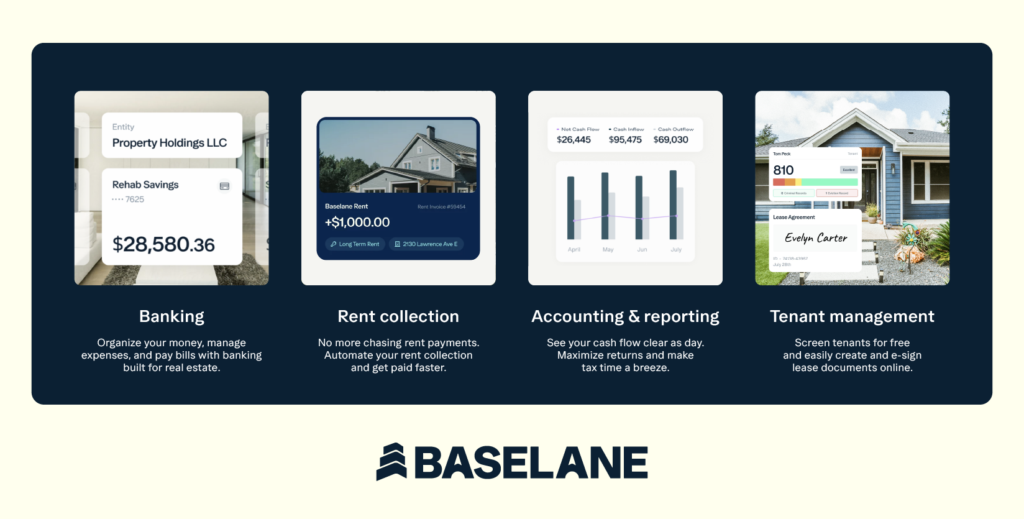
Baselane is an all-in-one platform built specifically for landlords. It combines tenant management, banking, rent collection, and accounting into a single, easy-to-use dashboard. Baselane is free to sign up and offers features that help landlords stay compliant with key regulations.
Key features
- Online rent collection with automatic reminders and late fee support
- Tenant screening and digital lease agreements
- Integrated landlord banking with 3.35% APY²
- Automated bookkeeping with bank sync and Schedule E-ready categories
- Cash flow and property-level reporting
- Insurance options for landlords and tenants
- Rental loans for various investment needs
Pros
- Free to use with built-in financial tools
- Clean interface and fast setup
- Helps landlords stay compliant with deposit rules
Cons
- No mobile app (coming soon)
- Messaging tools for tenants are in development
Price
- Free to use
2. Buildium
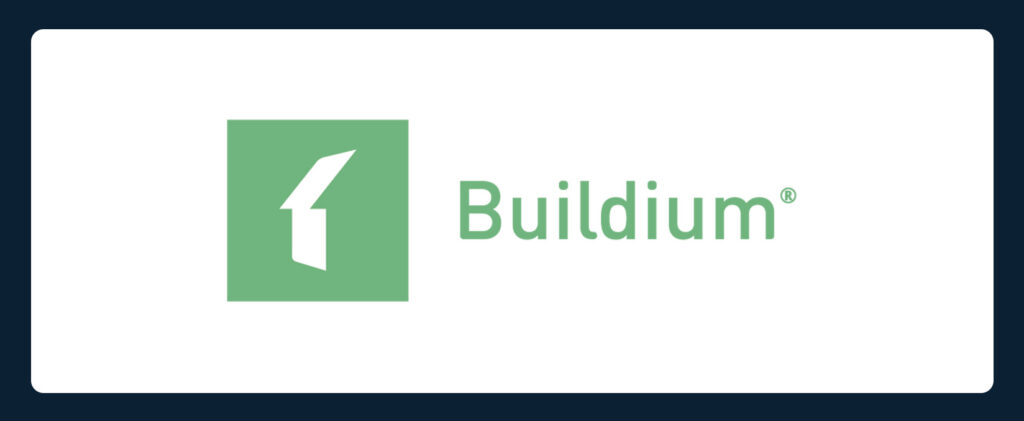
Buildium is a cloud-based solution geared toward landlords with larger portfolios. It covers the core tenant management functions such as tenant screening, rent collection, and vendor coordination.
Key features
- Expense tracking and reporting
- Maintenance coordination and vendor management
- Lease and tenant communication tools
Pros
- Reliable mobile app
- Responsive customer support
Cons
- Reporting options are limited
- Costs add up for growing portfolios
Price
- Starts at $58/month
3. AppFolio
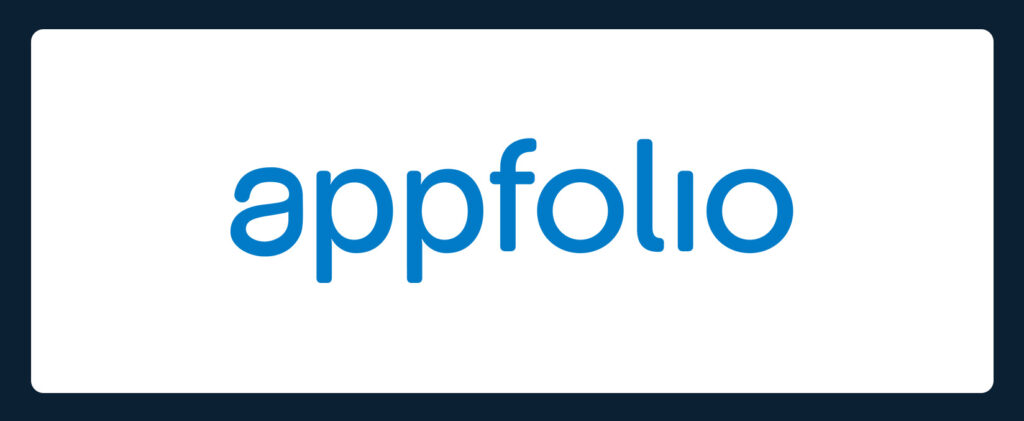
AppFolio is built for landlords managing mid-sized to large portfolios. It supports multiple tenant management capabilities, including marketing, maintenance, and accounting.
Key features
- Property marketing and leasing
- Digital rent payments and tracking
- Work order management
Pros
- Strong mobile functionality
- Reporting tools
Cons
- Requires time to learn
- Higher-tier features come at a cost
Price
- $1.49 to $5 per unit/month, minimum $280/month
4. TenantCloud
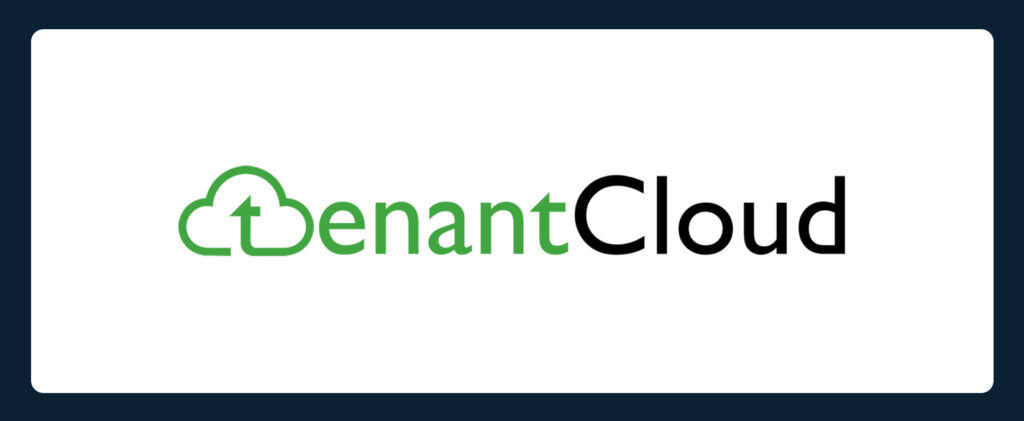
TenantCloud is a web-based tool suited for independent landlords and small property managers. It offers core tenant management tools and allows upgrades for advanced features.
Key features
- Rent collection and reminders
- Lease creation with e-signatures
- Tenant screening
Pros
- Free trial available
- Easy navigation
Cons
- Limited accounting tools
- Integrations required for advanced reporting
Price
- Starts at $18/month
5. RentRedi
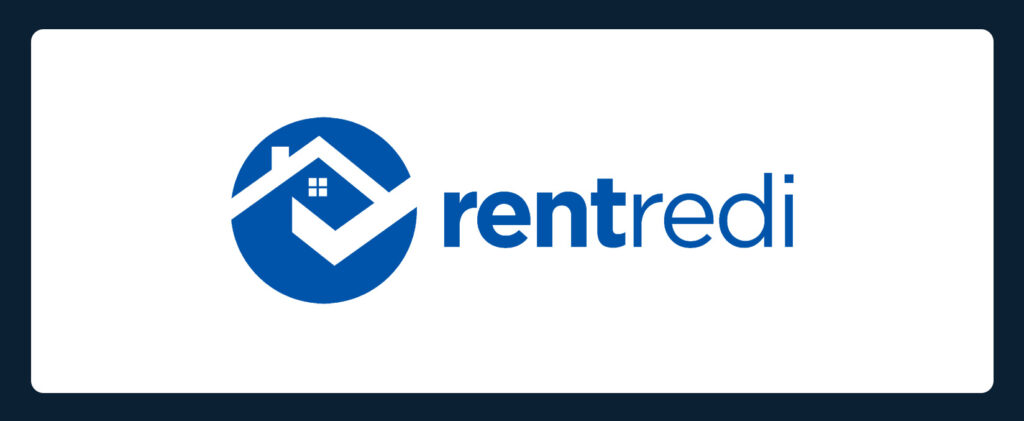
RentRedi focuses on mobile-first landlords who want to collect rent, handle maintenance, and screen tenants on the go.
Key features
- Mobile rent collection
- Maintenance request tracking
- Screening via TransUnion
Pros
- Mobile app is well-rated
- Cash payment support
Cons
- Financial reporting is basic
- Payment transfers may take several days
Price
- Starts at $12/month (billed annually)
6. Hemlane
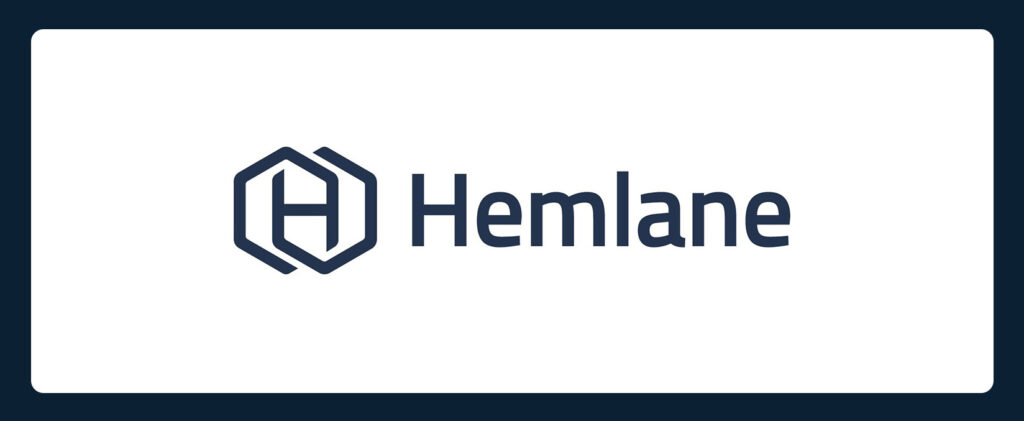
Hemlane is ideal for landlords managing rentals remotely. It includes tools for lease tracking, repair coordination, and local contractor support.
Key features
- Applicant tracking and leasing
- Local repair coordination
- Automated lease reminders
Pros
- Remote-friendly support
- Offers a basic free tier
Cons
- Learning curve for new users
- Per-unit pricing adds up
Price
- Free plan available; paid plans start at $30/month + per-unit fees
7. Avail
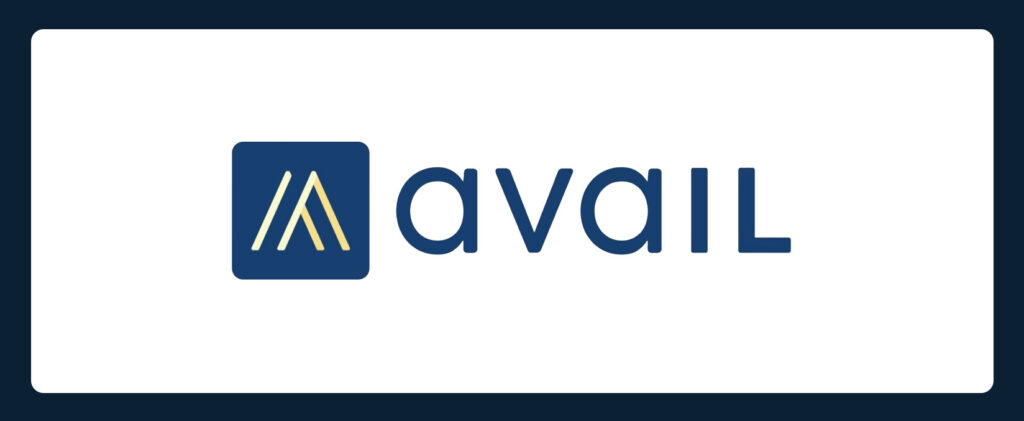
Avail is a good option for DIY landlords who want basic tools for marketing, leasing, and tenant screening.
Key features
- Rental listing syndication
- Lease templates and e-signatures
- Screening reports
Pros
- Free plan available
- Simple and intuitive UI
Cons
- Limited reporting and accounting
- Premium features priced per unit
Price
- Free basic plan; premium at $9/unit/month
8. Propertyware
Propertyware serves larger portfolios, especially single-family rentals, with customizable workflows and reporting tools.
Key features
- Custom dashboards
- Tenant portals
- API access
Pros
- Scalable for large portfolios
- Flexible integrations
- Customization options
Cons
- Higher monthly minimum cost
- Complex interface for beginners
Price
- $1–$2/unit with a $250–$450 minimum/month
9. Rentec Direct
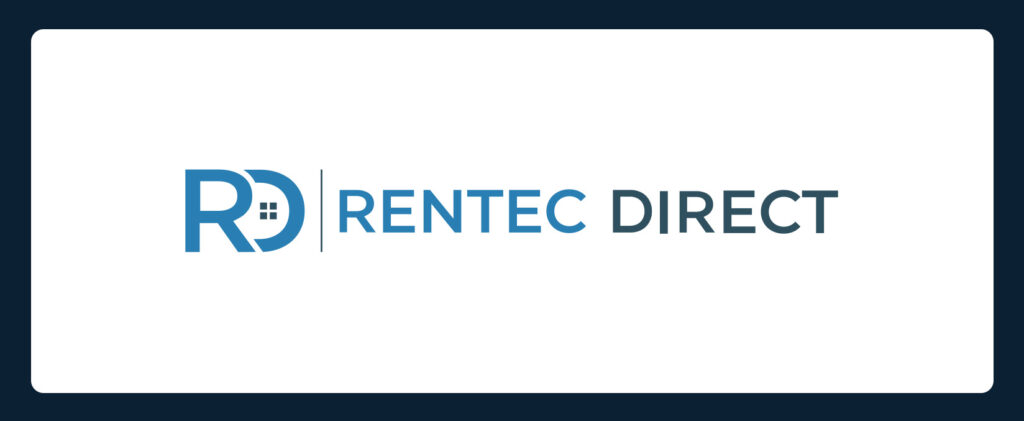
Rentec Direct is suited for mid- to large-sized portfolios and includes financial and leasing tools.
Key features
- Rent collection and late fee automation
- Schedule E-ready reporting
- Communication portals
Pros
- Easy to learn
- Strong customer support
Cons
- Outdated UI
- Mobile app lacks key features
Price
- $45/month and up, depending on units
10. DoorLoop
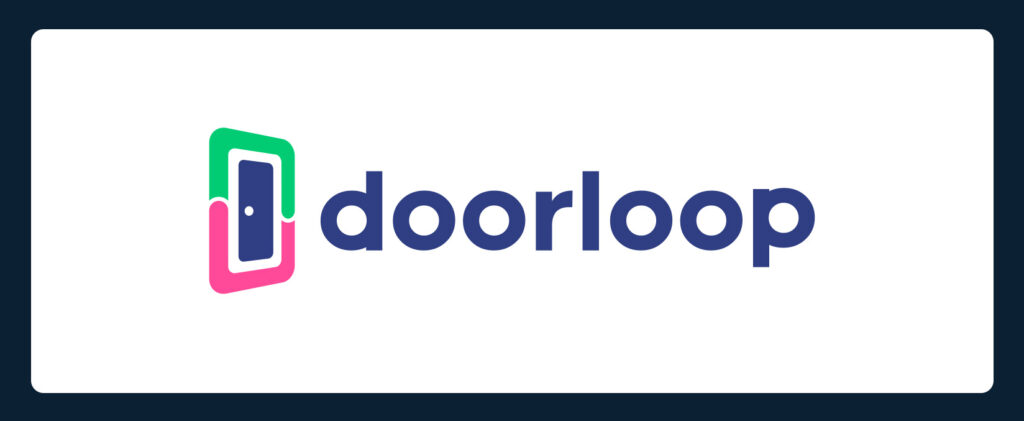
DoorLoop is built for small landlords and covers rent collection, leasing, and screening. It has a simple design but fewer integrations.
Key features
- Rental listings
Digital leases and e-signing - Screening through TransUnion
Pros
- Intuitive setup
- Core management tasks covered
Cons
- Limited marketing reach
- Fewer automations
Price
- Starts at $69/month
11. TurboTenant

TurboTenant focuses on property marketing and tenant management. Its base plan is free, with optional upgrades.
Key features
- Listing syndication
- Online applications and leases
- Screening tools
Pros
- No cap on listings
- Clean user experience
- Intuitive interface for self-managing landlords
Cons
- Add-ons can raise total costs
- Limited financial tools
Price
- Free basic plan; paid plans from $9.92/month
Who uses short-term rental management software?
| Feature | Baselane | TenantCloud | RentRedi | DoorLoop | Buildium | TurboTenant | Hemlane | Avail | Propertyware | Rentec Direct | AppFolio |
|---|---|---|---|---|---|---|---|---|---|---|---|
| Ideal User | DIY to mid-size landlords, banking-first | DIY landlords, small portfolios | DIY landlords, mobile-first users | Small to mid-size portfolios | Mid to large portfolios, PM companies | DIY landlords, cost-focused | DIY landlords needing basic leasing tools | Remote landlords, small to mid-size portfolios | Large portfolios and SFR managers | Mid-size to large portfolios | Landlords with mid- to large-sized portfolios |
| Ideal User | |||||||||||
| Key features | Free rent collection, integrated tenant portal, lease management, and automated reminders | Balanced features, including e-signatures, tenant screening, and lease tracking | Strong mobile experience with support for tenant communications and payments | User-friendly platform with built-in CRM and tenant screening | Enterprise-level tenant workflows, lease management, and communication tools | Lease and tenant management tools | Tenant communication and service request coordination | Tenant screening, messaging, and application tool | Tenant management with API access for integrations | Tenant reporting | Tenant screening, leasing, and maintenance requests |
| Accounting Tools | Limited; premium tools cost extra | ||||||||||
| Price | $0/month | Starts at $18/month | Starts at $12/month (billed annually) | Starts at $69/month | Starts at $58/month | Free basic plan; paid plans from $9.92/month | Free plan; paid from $30/month + per-unit fees | Free plan; premium $9/unit/month | $1–$2/unit; $250–$450 minimum/month | Starts at $45/month | $1.49–$5/unit; $280 minimum/month |
Pros and cons of using tenant management software
Here are some pros and cons of using a tenant management platform.
Pros of tenant management software
- Massive efficiency gains: Automates tasks, saving significant time.
- Improved organization: Centralizes data and documents.
- Enhanced financial control: Better tracking of income/expenses, streamlined rent collection.
- Better tenant experience: Convenient portals for payments and requests improve satisfaction.
- Scalability: Easier to manage growing portfolios.
- Professionalism: Standardized processes and communication.
Cons of tenant management software
- Cost: Subscription fees can add up, especially for larger portfolios or premium features.
- Learning curve: Requires time to learn and implement a new system.
- Potential over-reliance: Still need landlord oversight; software doesn’t replace good judgment.
- Data security: Need to choose reputable providers with strong security measures.
- Integration issues: May not integrate perfectly with all other tools (e.g., specific accounting software).
Choosing the right software for your needs
Selecting the best tenant management software depends heavily on your specific circumstances. Consider these factors:
Portfolio size and type
- Small landlords (1-10 units): Prioritize ease of use, core features (rent collection, basic tracking, communication), and affordability. Look at options often highlighted as property management software for small landlords. Effective landlord-tenant management starts here.
- Medium portfolios (11-50 units): Need more robust reporting, potentially basic team collaboration features, and efficient maintenance tracking. Consider platforms suitable for multi-family property management software.
- Large portfolios (50+ units): Require scalability, advanced analytics, owner portals, API integrations, and potentially dedicated support.
- Commercial properties: Need specialized features like Common Area Maintenance (CAM) expense tracking, calculating rent per square foot, and managing complex lease clauses. Look for specific commercial tenant management software.
- Budget: Determine how much you can allocate monthly or annually. Compare pricing models (per unit/month vs. flat tiers).
- Must-have features: Refer back to the essential features list. Only pay for the features you’ll actually use, and make sure the software covers all the essentials you need. Is a mobile tenant management app critical? How robust does the tenant property management software need to be?
- Ease of use and support: Look for an intuitive interface. Check reviews regarding customer support responsiveness and helpfulness. Utilize free trials or demos.
- Integrations: Does it connect with your bank, accounting software, or other essential landlord tools?
Tips for choosing the best tenant management app
The cost of tenant management software varies widely. Common pricing models include:
- Per unit per month: Often ranges from $1 to $2.50 per unit per month, as cited by sources like Rentpost and DoorLoop.
- Tiered flat fees: Monthly fees based on feature sets or unit ranges (e.g., $50/month for up to 10 units, $150/month for up to 50 units). Premium plans can exceed $250/month.
- Free: A free basic plan with charges for optional add-ons (e.g., tenant screening, premium support, advanced accounting).
Clarify what the base price includes and what comes with extra costs, such as ACH or credit card processing fees, applicant screening fees, and e-signing charges.
Can you claim software costs on taxes
Yes, generally, the subscription fees for tenant management software used for your rental property business are considered ordinary and necessary business expenses. This means they are typically tax-deductible, reducing your taxable rental income.
Disclaimer: Tax laws can be complex. Always consult with a qualified tax professional or accountant to understand how these expenses apply to your specific financial situation and ensure proper documentation.
How software helps you manage tenants effectively
Knowing how to manage a tenant effectively involves clear communication, setting expectations, and responsive service. Software directly supports this by:
- Providing a clear channel for communication (tenant portal/messaging).
- Automating rent reminders to avoid awkward conversations.
- Offering tenants a convenient way to pay rent online, reducing friction.
- Streamlining maintenance requests for faster resolution.
- Keeping an organized digital record of interactions and agreements.
Streamline and automate tenant management with Baselane
Tenant management software has evolved from a niche tool to an essential asset for efficient and profitable rental property management. By automating tasks, centralizing data, improving communication, and enhancing financial control, these platforms empower landlords and property managers to save time, reduce stress, and provide a better experience for their tenants.
Whether you manage one unit or hundreds, the right tenant management software can help you stay organized with features like online rent collection, tenant screening, lease tracking, and automated reminders. Baselane brings all of this together in one platform, combining powerful tenant management tools with integrated banking, automated accounting, and real-time financial reporting. Explore your options for rental management software today and take control of your portfolio.
FAQs
Often, yes, for core features. However, "free" plans usually monetize through optional paid services for either the landlord (e.g., advanced reporting) or the tenant (e.g., application fees, online payment fees). Review the pricing details carefully.
Most modern platforms aim for user-friendliness, especially those targeting smaller landlords. There's usually a learning curve, but good software providers offer tutorials, knowledge bases, and customer support. Many find that the time saved quickly outweighs the initial setup effort.
Reputable providers use industry-standard security measures like data encryption, secure servers, and regular backups. Always verify a provider's security protocols before signing up. Look for providers compliant with data privacy regulations.
Some platforms specifically support commercial properties with features like CAM reconciliation, while others primarily focus on residential rentals. If you manage commercial real estate, look for commercial tenant management software or platforms explicitly stating commercial support.
It automates many administrative tasks a property manager handles, making self-management easier or allowing property managers to handle more units efficiently. However, it doesn't replace the human element of property management like physical inspections, complex tenant negotiations, or local market expertise.







